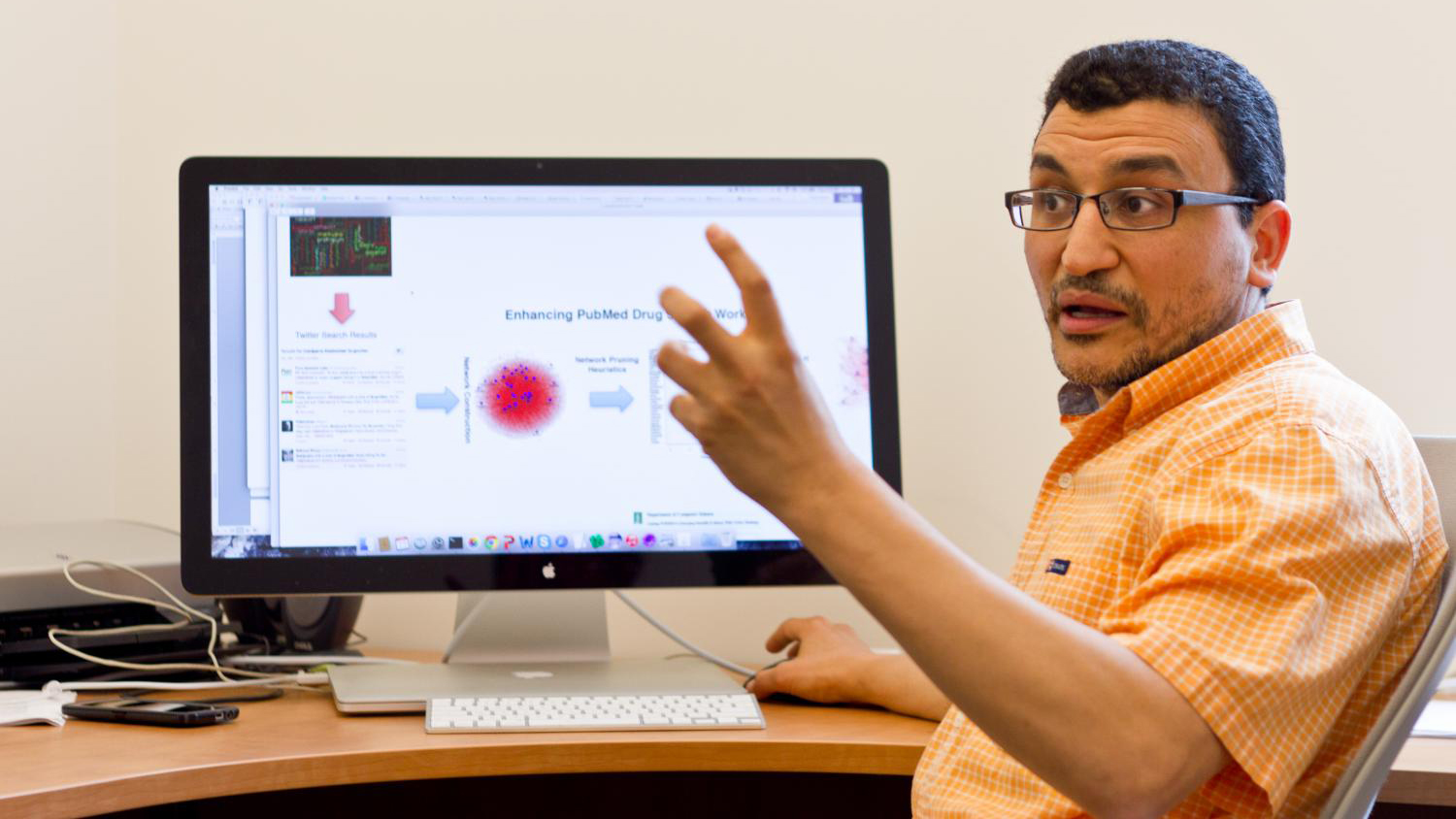Twitter can pinpoint unknown drug side effects before doctors can
#feelingpoorly

Tracking down dangerous interactions between medical drugs is not an easy task, but computer scientists in the United States have developed a computer system that makes it much easier - by scanning Twitter.
The algorithm crawls through the social network and looks for the names of different drugs and medicines, building a map of how they're connected. Those connections could be just that the drugs are similar - aspirin and paracetamol for example. But if it spots a previously-unknown connection, that could signify something more worrying.
"It can tell us: we may be seeing a drug/drug interaction here," said Ahmed Abdeen Hamed, a computer scientist at the University of Vermont who led the creation of the new tool. "We may not know what the interaction is, but with this approach we can quickly find clear evidence of drugs that are linked together."
#skinswelling
Alongside, it scans hashtags like "#kindneystoneprobs' and '#skinswelling' to discover not just the effects of those interactions, but also previously-hidden side effects of medication. "Each individual hashtag functions almost like a neuron in the human brain, sending a specific signal," added Hamed.
It can also solve a tertiary problem - that older studies are not linked to new scientific findings. "Mining Twitter hashtags can give us a link between emerging scientific evidence and PubMed," the massive database run by the US National Library of Medicine, Hamed said.
The details of the algorithm were published in the Journal of Biomedical Informatics.
Sign up for breaking news, reviews, opinion, top tech deals, and more.
